Explore the exhibition


Glass in architecture I
A brief history
Glass in architecture I
A brief history
For centuries glass has been used in elements and buildings all round the world, like some of the colourful cathedrals still scattered throughout Europe. The Industrial Revolution brought new methods of mass flat-glass production and made glass a more affordable material for building.
In 19th-century architecture, glass was related to speed and to temporary structures, as it was mainly used in railway stations and exhibition palaces. At the beginning of the 20th century, glass skyscrapers in the United States, understood as “cathedrals of work” in Germany, and the use of glass in industrial buildings, fired intense debates on its architectural significance.
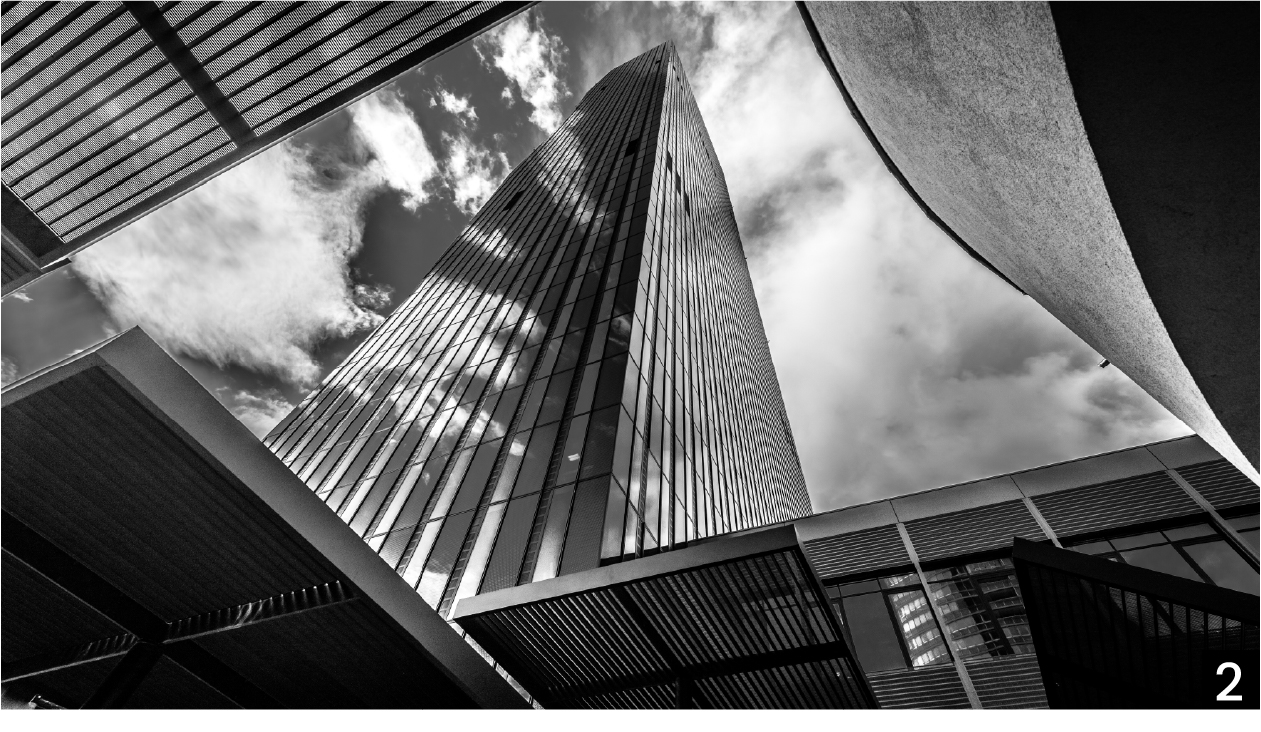
After World War I, transparent glass became the norm in modern architecture. It was not only the material with which to build a new society, but it was also closely related to health measures aimed at fighting tuberculosis and other diseases. Le Corbusier and Walter Gropius were two of the figures who most thoroughly explored the technical applications and social benefits of glass.
With time, glass architecture created a new perception of space and a new material reality in cities around the world. Whether in idyllic houses or in monolithic towers, today glass is a common experience in the contemporary lifestyle.
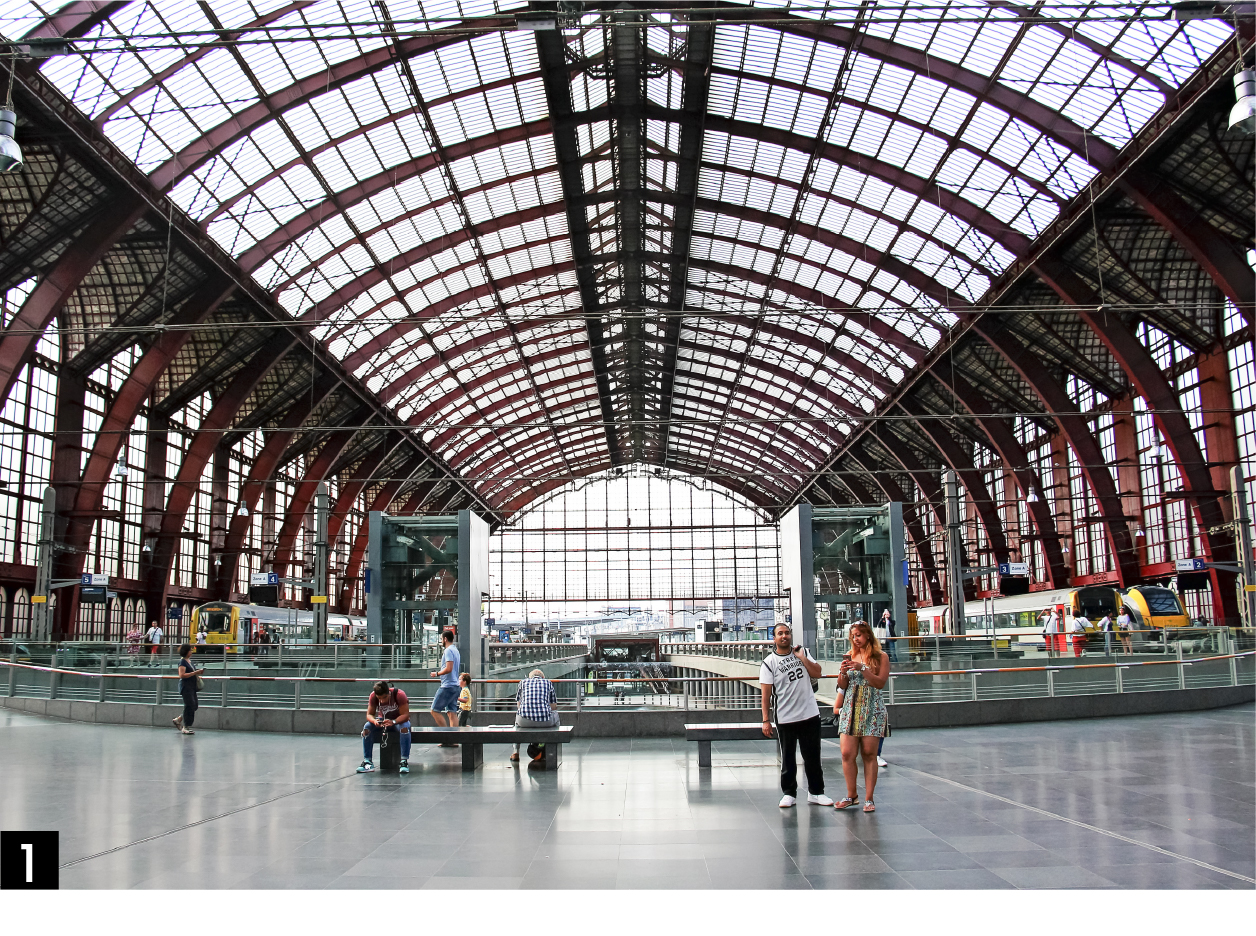
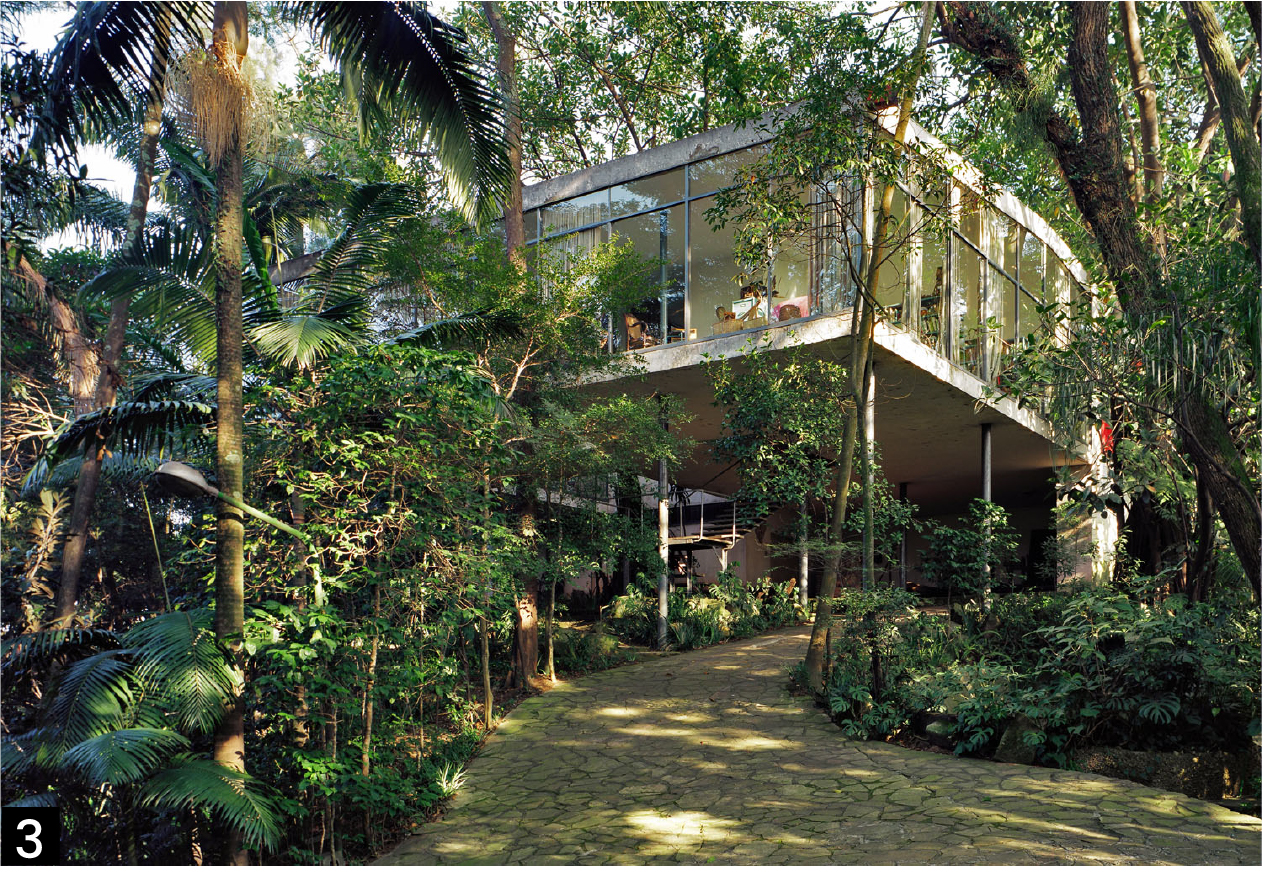
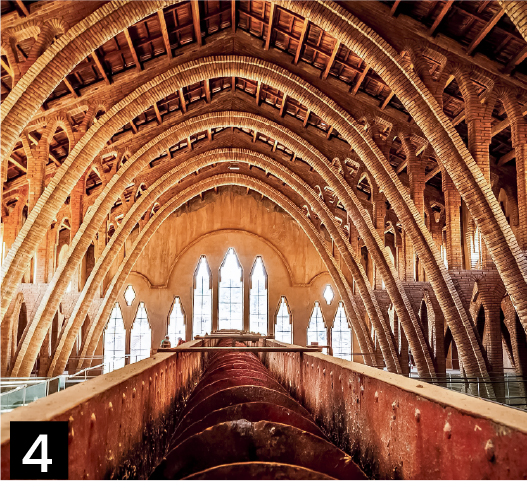
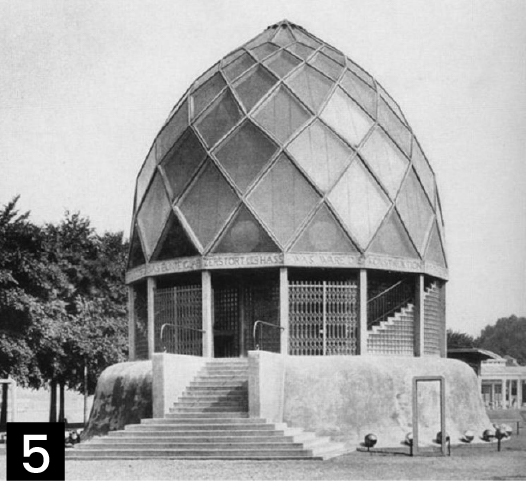
1. Antwerp railway station (Belgium).
2. United Nations building, New York (USA).
3. Lina Bo Bardi’s House of Glass. São Paulo (Brazil).
4. Cathedral of wine in Tarragona (Spain).
5. The Crystal Palace designed by Bruno Taut for the 1914 Werkbund in Cologne (Germany).
For centuries glass has been used in elements and buildings all round the world, like some of the colourful cathedrals still scattered throughout Europe. The Industrial Revolution brought new methods of mass flat-glass production and made glass a more affordable material for building.
In 19th-century architecture, glass was related to speed and to temporary structures, as it was mainly used in railway stations and exhibition palaces. At the beginning of the 20th century, glass skyscrapers in the United States, understood as “cathedrals of work” in Germany, and the use of glass in industrial buildings, fired intense debates on its architectural significance.

After World War I, transparent glass became the norm in modern architecture. It was not only the material with which to build a new society, but it was also closely related to health measures aimed at fighting tuberculosis and other diseases. Le Corbusier and Walter Gropius were two of the figures who most thoroughly explored the technical applications and social benefits of glass.
With time, glass architecture created a new perception of space and a new material reality in cities around the world. Whether in idyllic houses or in monolithic towers, today glass is a common experience in the contemporary lifestyle.







